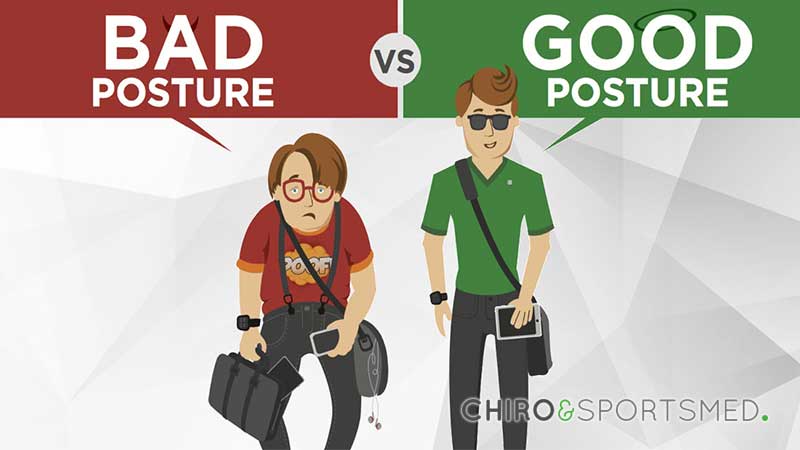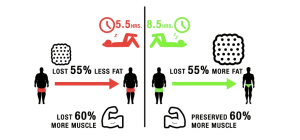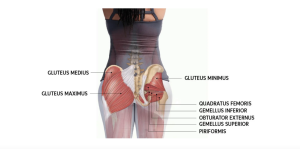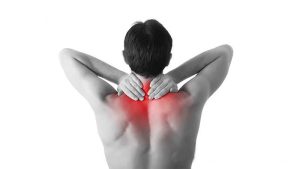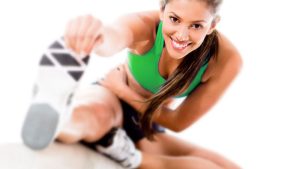Parents, how many times have you heard yourself say to your child “stand up straight” or “stop slouching”? We all know that trying to get our child to sit up straight or avoid slouching is a common struggle. But did you know that good posture is just as important as eating healthily, getting enough sleep, and exercising? Poor posture can lead to neck pain, lower back pain, and even carpal tunnel. It can also cause long-term abnormal bone growth and be linked to mood changes, headaches, breathing, digestive problems, low self-confidence, and stress.
What is Posture?
Posture is the manner and position in which we hold our head, neck, back, and spine. As well as our arms and legs, when standing, sitting, or lying down. Developing and maintaining good posture means that your bones and joints are in line so that muscles can be used properly. You don’t get tired as quickly, or get pain in your back or other muscles. Your spine has three normal curves. Remember, be mindful of your child’s posture, and if you find them hunching or slouching then correct it. Encourage good posture.
When babies first learn to sit they naturally do this by elongating the spine, letting the skeleton do the work of holding them up. This means that muscles don’t have to work as hard and the joints have minimal stress on them. Unfortunately at around preschool age, most children begin to slouch, most likely due to a combination of influences. These could be adults modeling bad posture, spending more time sitting on unsupportive furniture and using technology at a young age.
Causes of poor posture in children
Backpacks
If your child is leaning over while wearing a backpack in order to maintain balance, then that backpack is too heavy. Researchers have stated that a backpack should be no more than 10% of your child’s entire body weight. For children under 10 years of age, the backpack should be closer to 5% of your child’s body weight.
Children begin to compensate for the excessive weight by leaning forward and tilting their necks upward. This posture will not only cause chronic back pain but they may begin to unconsciously assume this posture even when they’re not carrying a backpack. Make sure that backpacks are worn over both shoulders and that heavier items are packed close to the child’s back.
Electronic devices
Over the past decade, the increase in technology has led to a rise in the number of children with serious back pain. Any use of mobile electronic devices such as iPads, iPhones, and other tablets, and handheld computer games.
Many children tend to have poor posture as they hunch over small screens. They also get too close to mobile devices as they become absorbed in online activity. There has been an increase in using tablet computers at school then switching these devices on again at home to play games, watch videos or catch up with friends on social media. As a result of extensive daily use of these devices, children are not adequately exercising or building the back muscles that enable them to maintain healthy upright postures.
These devices are not going away, so it is important to understand how to help our children use them correctly. Here are some tips for healthy use of devices:
- Show children how to sit comfortably and with good posture with two feet on the floor and back supported.
- Place a beanbag or pillow on the child’s lap so they can rest their arms on the pillow and support their tablet in a comfortable position, enabling them to see the device and use it without hunching forward.
- Check on your children every half hour to make sure they are sitting comfortably and properly.
- Schedule breaks from the device and introduces a few minutes of stretching exercises.
- Encourage active play so that core strength muscles are used and strengthened.
Classroom ergonomics
In many classrooms, students still sit at desks and chairs not suitable for their height or learning requirements. According to a Heart Foundation study, “children are also sitting for long periods of time – up to 7.5 hours per day”. This includes about 5 hours of sitting in the classroom, travel, homework, and recreational time. Furniture for children should be designed to grow with the child so choosing the right furniture at home, in the beginning, offers long-term health and cost benefits. Desk height needed for a writing task should be slightly high than the elbow level. For IT tasks using a keyboard, the desk needs to slightly lower.
Try and implement a few basic changes for study at home such as:
- Height adjustable desks and chairs that also allow for standing tasks.
- Tilting desktops, screen raisers, separate keyboards, and separate mouse.
- Task appropriate flexible lighting.
- Footrests if needed.
Some simple exercises for kids
It is important to encourage good posture in your children. Involving them in activities that promote physical fitness, improve motor skills, and create positive body awareness is important. Activities like gymnastics, swimming, soccer, ballet, and dance are great, but you can also encourage good posture with simpler exercises. These include the following:
- For core strength, swinging at the park is one of the best ways to engage the abs and the scapular retractors (shoulder blades). Bike riding increases endurance and core strength. Try to get your kids to sit on a therapy ball and move it around in all directions while reaching their arms up to the ceiling and clapping their hands.
- To help keep hamstrings flexible ask your children to frequently change their sitting position. Kids need to avoid sitting in the ‘w’ position or kneel for too long. Positions that stretch the hamstrings are sitting crisscrossed or extending the legs out in the front.
- Ask your child to stand straight and then bend the arms at the elbows so that their hands are at shoulder height and their palms are facing up. Tell them to squeeze their shoulder blades together and hold the position for five seconds and then relax. Repeat five times. Start with just one set per day and increase the frequency to three times per day.
Like most things, early intervention is key. Encourage and promote the practice of good posture habits for children. This should then be complemented with the support of appropriately selected furniture and equipment. Teaching by example is also just as important. After all, if your child sees you slouching, he or she will follow your lead.
Chiro & Sports Med
Our chiropractors at Chiro & Sports Med are committed to providing chiropractic solutions to address your unique needs, whether you are experiencing an irritated nerve, bulging disc, back pain, neck pain, knee pain, headaches, or even muscular tightness and tension. You may be searching for pain relief after an accident or experiencing an injury. Our mission is to help reduce or eliminate pain and to prevent future problems and injury. Above all, we are here to improve your quality of life, well-being, and your ability to live an active healthy lifestyle.
If you would like to make an appointment with one of the chiropractors at Chiro & Sports Med simply call our office on 9817 2005 and one of our friendly staff will organise an appointment for you.
